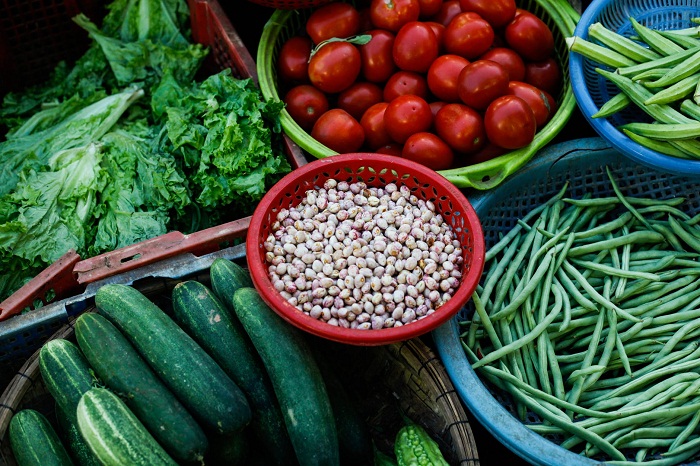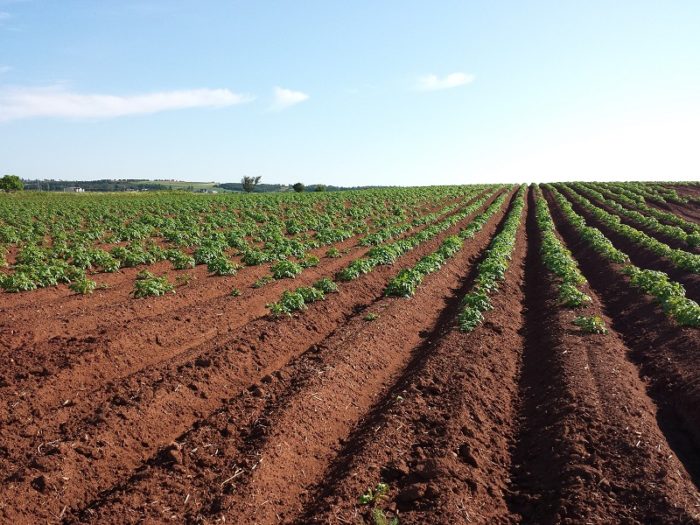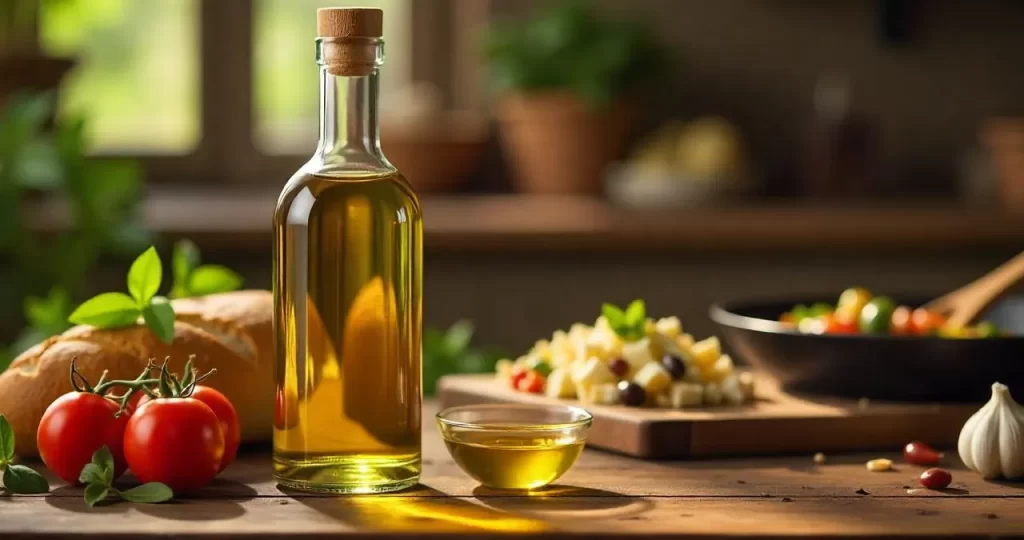Recommendations For Effective Use Of A Garden Seeder

A garden can be beautiful, and it can also be your lifeline in times of crisis. You never know what’s going to happen, and the ability to be truly sustainable from that which is available on your own land is something that can’t be over-emphasized. Additionally, once you learn how, horticulture can be quite satisfying. You get to literally see the work of your hands bear fruit.
Even so, it does take time to figure out how best to garden. Some seeds should be planted just before the season shifts. Some should be planted later on. Some require different sorts of nutrients, different levels of light, and particular irrigation. It may require a few seasons for you to get the balance right. However, you can save yourself a little trouble right off the bat.
Especially if you’re looking to husband a larger garden, there are tools and techniques that have been tried and perfected over many generations. As modern technology and information combine through the internet for greater understanding, such techniques are easy to find, and the tools to implement them are just a click away.
In this writing, we’ll briefly cover a few tools and tactic recommendations as pertain to horticulture to help you make the best choices in this area. As they say, an ounce of prevention is worth a pound of cure. Similarly, preparing in advance is a lot easier than fixing issues that could have been prevented.
1. Assure The Ground Is Properly Prepared Through Tilling
You need the ground to be prepared in advance of seeding. If you’ve got hard, cracked earth, your seeding machine may produce a few implantations that result in germination and growth; but you’ll really just be wasting seed, for the most part. You need to till the ground when the time is right and assure it’s properly receptive to seeds. This is also a great time to fertilize.

2. Getting A Garden Seeder For Greater Effectiveness In planting
While the basic principle of garden seeding is pretty straightforward, there is a sort of learning curve. If you’re going to do the job right, you’ll want to find professional tools from providers who offer a number of different options, as well as best practices pertaining to use—for such information, check out this post on garden seeders from Easy Digging.
Essentially, the sort of seeding device you buy, the amount of seeds it can distribute, and how difficult such distribution is all play into the process. Some seeding devices have motorization components that can help with the process—sort of like a motorized lawnmower.
Some don’t; just like lawnmowers who have no motor. The bigger the device, the more expensive it will be, and the greater the likelihood that it will be motorized.
3. Budgeting, Consultation, The Size Of Your Prospective Garden
The budget is necessary for the size of your garden seeder. A bigger garden needs a bigger seeder—unless, of course, you’re some glutton for punishment. In times of old, mechanized solutions weren’t available, so farmers would plant their seed in a more manual way which took longer and was more back-breaking. That’s not as necessary today. Still, maybe you want a workout, or maybe you can’t afford the larger device. Know how much you’re going to have to plant, and estimate the length of the process. Consultation gets gardening service from tree care broken arrow. The biggest factor will be the size and scope of your garden. Small plots of land can be seeded by hand. Sustainable seeder use requires an informed approach, though.
Maximizing Your Harvest
The more seeds you can get planted, the greater your harvest—provided you properly care for your plants, of course. Get consultation, budget strategically in reference to the size of your garden, and till the land beforehand. Such steps should see the most sustainable seeding of your garden.



